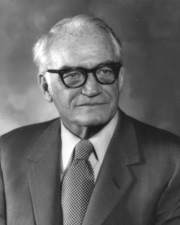
Megan Sperry, a Ph.D. student in the Department of Bioengineering, is a recipient of a Student Design and Research Award from the Biomedical Engineering Society (BMES). Megan works in the Spine Pain Research Lab of Beth Winkelstein, Ph.D., professor of Bioengineering and Vice Provost for Education at Penn’s School of Engineering and Applied Science, as well as with Eric Granquist, DMD, MD, an oral and maxillofacial surgeon at Penn Dental Medicine.
With Drs. Winkelstein and Granquist, Megan studies temporomandibular joint (TMJ) pain and osteoarthritis, the latter of which can develop as a long-term consequence of untreated TMJ dysfunction. There’s currently no way to determine which patients will progress to TMJ osteoarthritis, so Megan’s extended abstract, which was submitted to the BMES competition, detailed a study using 18F-EF5 PET, an imaging modality used mainly in oncology. Hypothesizing that hypoxia, or low oxygen, was a key factor in the development of TMJ osteoarthritis, Megan studied the relationship between hypoxia and persistent TMJ pain and found that hypoxia preceded reorganization of the cartilage of the TMJ, part of the process culminating in TMJ osteoarthritis (see image below).

“This project has been both fun and challenging because it brings together concepts and techniques from multiple fields, including orthopedics, neuroscience, and, with the use of 18F-EF5, radiation oncology,” Megan said. “I’m excited to have the opportunity to share my work at the BMES Annual Meeting and receive feedback as we continue to move the project forward.”
Each year, BMES awards up to five graduate students the Student Design and Research Award from dozens of submissions. Congratulations to Megan for this elite recognition of her research!










